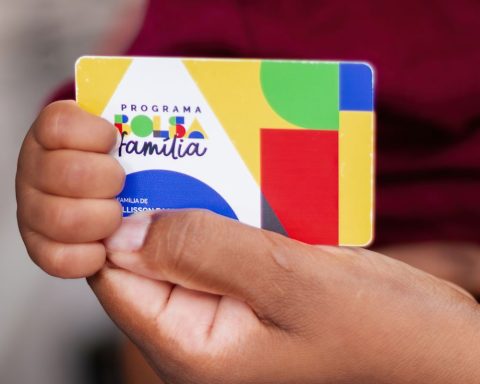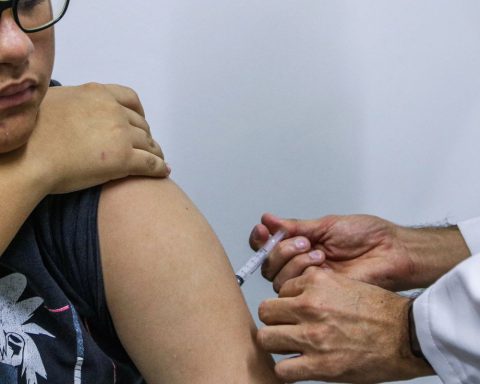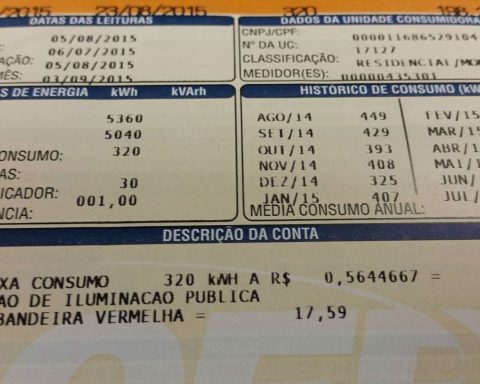Families with incomes greater than R$ 17,260.14, considered high-income, were the ones that faced the highest inflation in October, according to a study released today (21) by the Institute of Applied Economic Research (Ipea). He points to the increase in fares and health plans among the causes of the scenario. For this income range, price variation was 1.14%, while general inflation in the economy was 0.59%.
Families with very low income (up to R$ 1,726.01) and low income (between R$ 1,726.01 and R$ 2,589.02) had the lowest inflation rates: 0.51% and 0.52%.
Even so, when accumulated inflation is analyzed, both the richest and poorest families are above the national average, while those with average income are below general inflation.
In the last 12 months, very low income families have 6.73% inflation, while general inflation is 6.43%. High-income families, in turn, accumulate a 7.95% price increase in their shopping basket.
different values
Middle-income families are those earning between BRL 2,589.02 and BRL 4,315.04 (low average), between BRL 4,315.04 and BRL 8,630.07 (average) or between BRL 8,630.07 and BRL $17,260.14 (high average). For these families, October inflation was 0.57%, 0.61% and 0.64%, respectively, while the accumulated index was 6.17%, 6.39% and 6.38%.
Ipea explained that, for the four lowest income classes, the greatest impacts on inflation came from the food and beverage and health and personal care groups. Meanwhile, upper-middle and upper-income families suffered more from the increase in transport prices, with emphasis on the readjustment of airline tickets (23.4%).
The institute also details that, even within the same group of expenses, there are different behaviors depending on income. In the health and personal care group, the increase in hygiene articles (2.3%) put pressure on inflation in the lower income segments, while the readjustment of health plans (1.4%) had a greater impact on inflation in the higher classes. higher income.

















